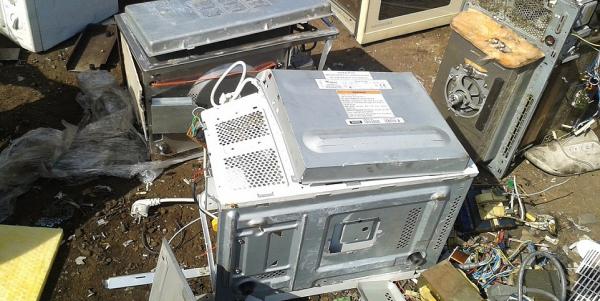Collapse OS, a great project with a too small goal
Winter is coming and Collapse OS aims to soften the blow.

Virgil Dupras, the creator of the Collapse OS project expects global supply chains to collapse before 2030, and not recover before decades, if ever. In such a world, he says, we won’t be able to produce most of our electronics.
Those who will be able to replace pre-collapse computers, as they fall apart, with entirely new ones made with scavenged circuits, configured with low-tech software tools “will be very powerful”. This is where Collapse OS comes in.
A post-collapse Operating System
Collapse OS is a collection of programs, tools and documentation that allow expert programmers to assemble a computer operating system that can, among other things:
- Run on minimal and improvised machines.
- Interface through improvised means (serial, keyboard, display).
- Edit text files.
- Compile software programs
- Read and write from a wide range of storage devices.
- Replicate itself
With a copy of this project, a capable and creative person should be able to manage to build and install Collapse OS without external resources (i.e. internet) on a machine of her design, built from scavenged parts with low-tech tools.
What is the real point here?
Dupras acknowledges that the whole vision is quite fragile. He does write,for example, that Collapse OS is “only relevant if the collapse is of a specific magnitude”. A weak-enough collapse that maintains current technology levels makes it useless, and so does a real, Back-To-The-Stone-Age collapse. But “if the collapse magnitude is right, then this project will change the course of our history, which makes it worth trying”. Reassuring, isn’t it?
The developer also acknowledge that the whole thing might not be feasible, because,of course, “it’s difficult to predict post-collapse conditions”.
Still, he says, this idea seems too powerful to not try it". I agree on the “powerfulness” bit. I dare to suggest that it may be better to apply it differently.
Bootstrap post-collapse technology? No, thanks
The technical limits and overall feasibility of Dupras' vision have been already heavily discussed on Reddit.
As far as I am concerned, what I’d like to see is much more efforts to bootstrap PRE-collapse microlectronic technologies (and related consumer behaviours, of course). Technologies and behaviours that produce and make viable, before 2030 of course, modern devices without all the embarrassing crap and built-in obsolescence of today. See here for just one of countless examples. That would avoid collapse, or at least make it a bit easier to recover from it.
Who writes this, why, and how to help
I am Marco Fioretti, tech writer and aspiring polymath doing human-digital research and popularization.
I do it because YOUR civil rights and the quality of YOUR life depend every year more on how software is used AROUND you.
To this end, I have already shared more than a million words on this blog, without any paywall or user tracking, and am sharing the next million through a newsletter, also without any paywall.
The more direct support I get, the more I can continue to inform for free parents, teachers, decision makers, and everybody else who should know more stuff like this. You can support me with paid subscriptions to my newsletter, donations via PayPal (mfioretti@nexaima.net) or LiberaPay, or in any of the other ways listed here.THANKS for your support!